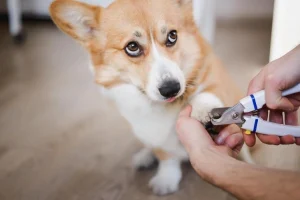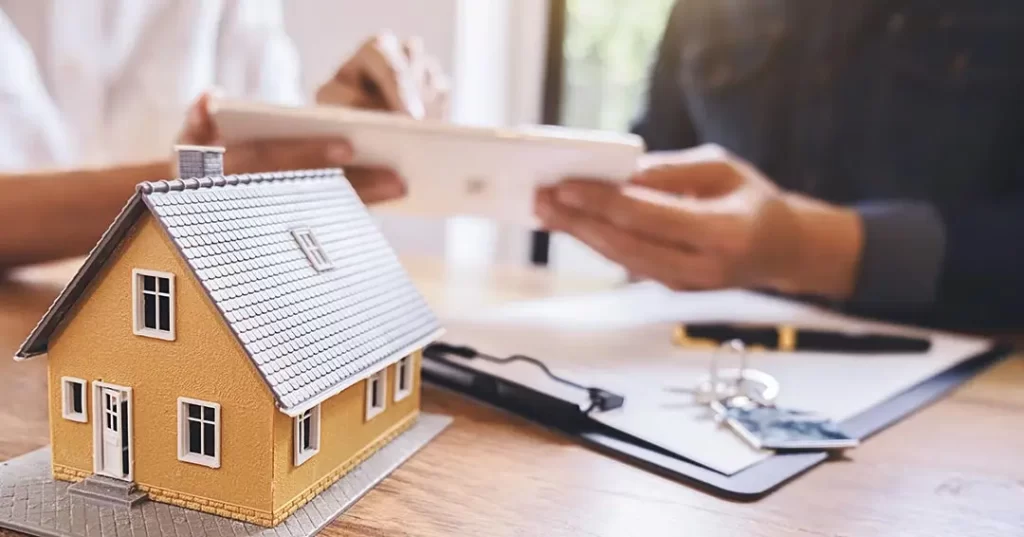Nail trimming is an essential aspect of pet care, especially for those who travel frequently. It can be challenging for beginners to guarantee safety and comfort during the process. Understanding the right tools and techniques is imperative. In addition, creating a calm environment can make a significant difference. As one prepares for a nail trimming session, exploring pet nail trimming tips for beginners can enhance the experience for both pet and owner.
Key Takeaways
- Choose a spacious, secure carrier for transporting pets to ensure their comfort during the trip.
- Acclimate your pet to the carrier beforehand with positive reinforcement like treats.
- Keep the vehicle temperature comfortable and avoid sudden movements to minimize stress.
- Conduct nail trimming in a quiet, familiar location after your pet has exercised to promote relaxation.
- Use calming techniques, such as soothing music, and provide treats during trimming to reinforce positive experiences.
Understanding the Importance of Regular Nail Trimming for Your Pet
Regular nail trimming is an essential aspect of pet care that often goes overlooked by many pet owners. This practice plays a critical role in maintaining a pet’s overall health and comfort. Long nails can lead to pain, difficulty in walking, and even joint issues over time. Additionally, untrimmed nails are prone to breakage, which can cause bleeding and infection. By regularly trimming their pet’s nails, owners not only enhance their furry companions’ mobility but also promote better hygiene. Establishing a routine for nail care fosters a sense of security and belonging for both pets and their owners. This crucial aspect of pet care strengthens the bond between them, ensuring that pets feel loved and well-cared-for in their home environment.
Essential Tools for Safe Pet Nail Trimming on the Go
When it comes to pet nail trimming tips for beginners, having the right tools is essential for ensuring a safe and efficient process, especially for those on the go. A quality nail clipper, such as a guillotine-style or scissor-type, is critical for clean cuts. Additionally, a nail file or grinder can help smooth any rough edges afterwards. Portable, sturdy carriers or mats provide a secure space for pets during trimming, minimizing distractions. A flashlight may be beneficial for inspecting nails in low-light environments. Finally, having styptic powder on hand is important for addressing any accidental cuts. These tools empower pet owners to approach nail trimming with confidence, fostering a sense of belonging in a community focused on pet care.

Step-by-Step Guide to Nail Trimming for Beginners
Trimming a pet’s nails can seem challenging for beginners, but with a structured approach, it becomes manageable and stress-free. First, gather the necessary tools: pet nail clippers, a file, and treats for positive reinforcement. Next, find a quiet, comfortable space to work. Gently hold the pet’s paw and examine the nails, identifying the quick, which should be avoided. Begin by trimming just the tip of each nail, ensuring not to cut too close to the quick. After each nail, offer praise and a treat to create a positive experience. If the pet becomes anxious, take breaks as needed. This step-by-step guide to nail trimming for beginners encourages a calm routine that fosters trust and comfort between pet and owner.
Tips for Calming Your Pet During the Trimming Process
Creating a calm environment is essential for successful pet nail trimming, especially for beginners. A relaxed atmosphere can greatly ease the process for both the pet and the owner. Here are some effective tips for calming your pet during the trimming process:
- Choose the Right Time: Trim nails after a walk or playtime when the pet is naturally more tired and relaxed.
- Use Soothing Sounds: Play soft music or white noise to help drown out distractions.
- Familiar Space: Conduct the trimming in a familiar location where the pet feels safe and comfortable.
- Positive Reinforcement: Reward the pet with treats and praise throughout the process to create a positive association with nail trimming.
These pet nail trimming tips for beginners can lead to a smoother experience.
Transporting Your Pet Safely for Nail Trimming Appointments
How can pet owners guarantee their furry companions are safe and comfortable during transport to nail trimming appointments? First, selecting an appropriate carrier is essential; it should be well-ventilated, secure, and spacious enough for the pet to stand and turn around. Before the appointment, acclimatize the pet to the carrier, using treats and positive reinforcement to create a sense of security. During transport, verify the vehicle is at a comfortable temperature and minimize sudden movements to reduce stress. If using a harness, double-check its fit to prevent escape. Finally, plan for breaks on longer journeys, allowing the pet to stretch and hydrate. Implementing these pet nail trimming tips for beginners can enhance the overall experience for both pet and owner.
Frequently Asked Questions
What Breeds Require More Frequent Nail Trimming?
Certain breeds, such as Dachshunds, Chihuahuas, and Bichon Frises, typically require more frequent nail trimming due to their smaller size and slower natural wear. Regular maintenance guarantees comfort and prevents health issues for these beloved companions.
Can I Use Human Nail Clippers on Pets?
Using human nail clippers on pets is generally not recommended. Pet-specific clippers are designed for their unique nail structure, ensuring safer, more effective trimming while minimizing discomfort, which fosters a positive grooming experience for both pet and owner.
How Can I Tell if My Pet’s Nails Are Too Long?
To determine if a pet’s nails are too long, one should observe if they touch the ground while walking, notice discomfort during movement, or see excessive wear on the nail tips. Regular checks guarantee pet comfort.
What Should I Do if I Accidentally Cut the Quick?
If the quick is accidentally cut, the individual should apply a styptic powder or cornstarch to stop the bleeding. Keeping the pet calm and comfortable during this process is essential for a successful recovery.
Are There Any Alternatives to Traditional Nail Trimming?
There are several alternatives to traditional nail trimming, such as using nail grinders, which can smooth edges, or employing nail caps that cover sharp tips. These options often reduce stress for both pets and owners during the process.
Conclusion
To summarize, safely trimming your pet’s nails while on the go requires preparation, patience, and a calm environment. By understanding the importance of regular nail care, equipping yourself with the right tools, and following a structured approach, you can guarantee a positive experience for both you and your pet. Remember to prioritize safety during transport and create a soothing atmosphere, reinforcing the experience with rewards. With practice and care, nail trimming can become a manageable routine for any pet owner.
You May Also Like To Read:




